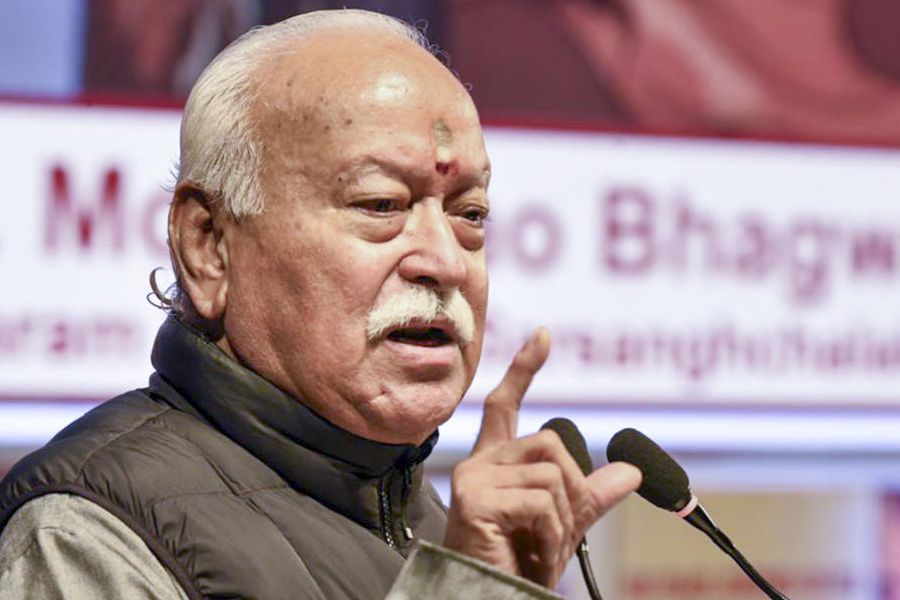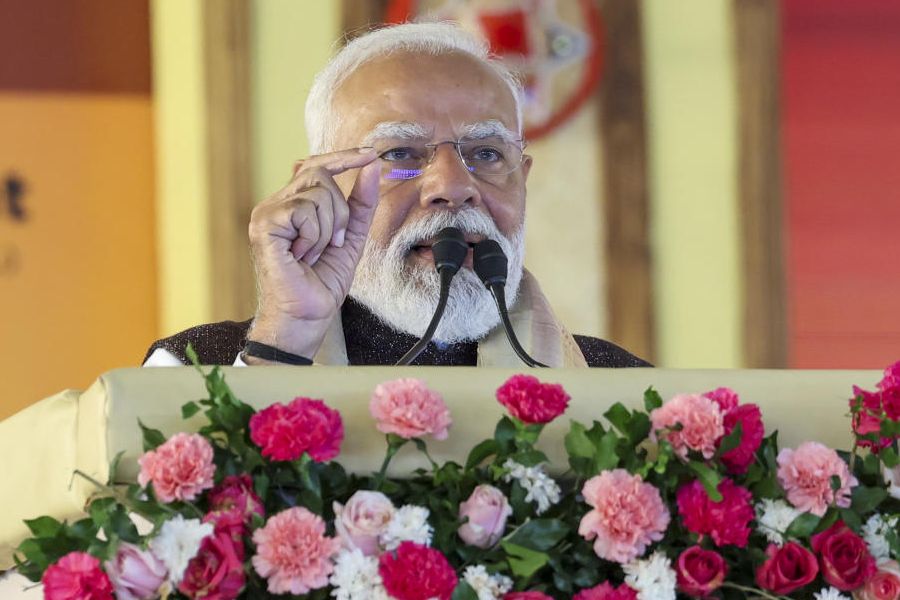 |
| Frenchman Mickael Le Mer staged In Vivo, which has toured different countries over the last two years, and earned a standing ovation |
It was an avant garde performance that left the audience gasping at moments. At several points the dancers of Norway’s Wee Company seemed to be tearing apart each other’s limbs. At another point they carried a body off the stage making it look like a carcass. The performance was even more unusual because the dancers were wearing everyday clothes.
Cut to Frenchman Mickael Le Mer’s mix of hip hop and contemporary dance called In Vivo that was executed in part without any musical accompaniment. Le Mer’s group S’poart has been performing In Vivo in different countries over the last two years. In Delhi it earned a standing ovation. “The individuality of a person and the rhythm of the self come out from dancing in silence,” says La Mer, who composed the dance while holed up in a small apartment for four days.
 |
 |
| Jatinder Verma formed Tara Arts in the UK as part of the Asian youth movement; (below) Tariq Anam Khan’s Nattokendro from Bangaldesh staged a play about a man who stood up to fundamentalists |
For two weeks the theatres of Delhi’s National School of Drama (NSD) were the venues for an extraordinary variety of theatre groups from around the world courtesy Bharat Rang Mahotsav. This year 25 companies out of a total 76 were foreign. So there was Norway’s Wee Company and La Mer from La Roche-sur-Yon in France. There was also the El Oraculo Theatre Company from Chile and The Teatro de los Andes from Bolivia with the play En Un Sol Amarillo in Spanish and English. It was about the aftermath of an earthquake in 1998.
At a more familiar level, there were players like British Asian company Tara Arts, which specialises in ‘cross-cultural’ performances dealing with the emigrant experience and issues close to the hearts of British Asians. There were others like the Polish Chorea Theatre which performed a play that was a modified Greek tragedy, The Songs of Euripides.
For Indian audiences the most familiar production was probably by Tara Arts, which put up a solo act play Miranda by Pune-born British writer Farrukh Dhondy. The performance saw Indian American actor Ankur Bahl using Bharatnatyam gestures while enacting parts of the play.
Another troupe from closer home was NSD graduate Tariq Anam Khan’s Nattokendro from Bangladesh which staged Aroj Charittramitro, a true story about a man who stood up to fundamentalists and tried to change Bangla-deshi society. The troupe has staged Girish Karnad’s famous Tughlaq, plays by Arthur Miller and even French playwright Moliere before. Says Khan: “There were several people who did not understand Bengali. But they understood the energy, the essence and most importantly the vibes behind Aroj Charitammrito. We received the same reaction as we normally get from a Bengali audience.”
Each of these companies had different experiences that they brought all the way to India. Francesco Scavetta, a talented Italian was invited by the Norwegian government to form the Wee Company that brings together dancers from five countries. By contrast, the Chorea group specialises in classical plays with a contemporary touch. The six-year-old group is financed by the Polish government. The company’s director, Tomasz Rodowicz, a veteran of Polish theatre, says: “You can hear someone, smell someone, and feel the presence of someone in a theatre which isn’t possible in other forms of technologically advanced entertainment like the movies.”
 |
| Francesco Scavetta’s (far right) Wee Company from Norway brings together dancers from five different countries on the same platform |
Each of the foreigners had different tales to tell. Le Mer, a talented hip hop dancer went professional at 20 and had the good fortune of having the dance company S’poart, in his hometown, La Roche-sur-Yon. At 33, he’s now its leading choreographer. However, Tariq Anam Khan, who’s from a middle-class family, faced strong opposition when he wanted to get into theatre. His father pointed out it wasn’t an economically viable career option in Bangladesh. For Jatinder Verma, it was all about ‘finding the shape of his heart’. Born to Indian parents in East Africa, Verma moved to the UK and set up Tara Arts in 1977 as a part of the Asian youth movement. “Somehow as a child, the songs we always sang were the Hindi film numbers,” he recalls.
Some of these companies are backed by their respective states. Tara Arts, for instance, gets funding from various sources. Khan’s Nattokendro though is perennially short of funds. Aroj Charittramitro was put together for 30,000 Bangladeshi takas (slightly over Rs 19,000).
And how was the Indian experience for these theatre companies? For some it was simply about garnering new experiences. Says Le Mer: “When confronted with a different culture or language, it’s essential to see how one reacts. It is so important to experience different things to be able to evolve.”
And for both audiences and the theatre companies, the festival was all about putting together different experiences and cutting-edge performances from around the world.











